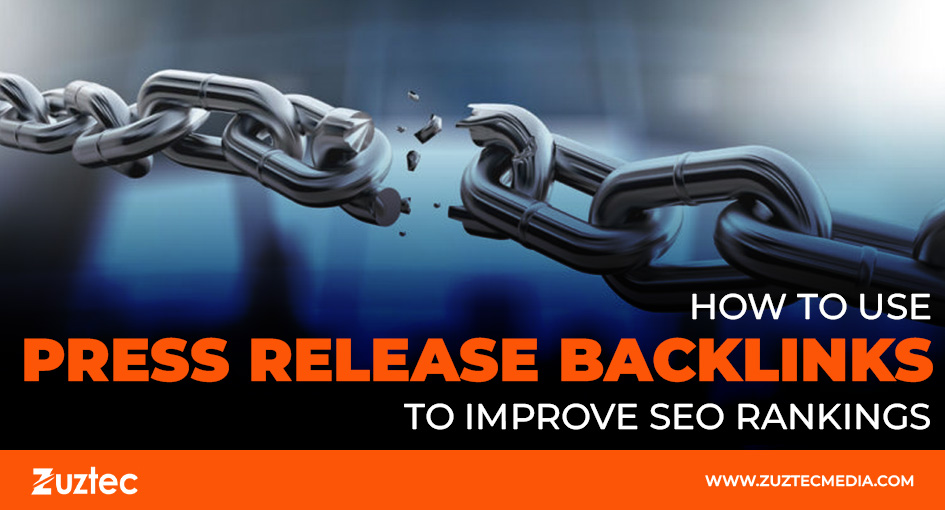
How to Use Press Release Backlinks to Improve SEO Rankings
Press releases have long been a staple in public relations, but they also hold valuable potential in the world of search engine optimization (SEO). When executed correctly, backlinks of press releases—links embedded in your news releases that point back to your website—can help improve your domain authority, increase visibility in search results, and drive high-quality referral traffic.
Unlike traditional link-building tactics that often require direct outreach or financial investment, press release backlinks offer a more strategic and scalable way to distribute content to journalists, bloggers, and media platforms. These backlinks are typically placed within a release that announces company news, product launches, milestones, or expert commentary. When the release is picked up and republished by credible media outlets, those links can translate into powerful signals for search engines.
However, not all backlinks are created equal. Simply submitting your release to low-quality or spammy distribution services won’t move the needle; it may harm your SEO. To be effective, you need to focus on distributing press releases through reputable platforms, optimizing content for both journalists and readers, and ensuring backlinks appear naturally within relevant, newsworthy content.
Let’s explore how to make press releases a strategic part of your backlink-building efforts.
What Are Press Release Backlinks?
These backlinks are hyperlinks included within a news release that direct readers (and search engines) to your website or specific pages on your site. These links may point to a product page, a blog post, your homepage, or even a landing page related to a campaign or announcement.
When you distribute a press release through wire services or PR platforms, it has the potential to be picked up by dozens—sometimes hundreds—of websites. If those sites include the hyperlinks embedded in the release, you effectively gain multiple backlinks from different domains, often with good domain authority.
However, to gain SEO benefits, those links must:
- Be “follow” links, not “nofollow.”
- Come from reputable domains.
- Appear in contextual, natural content.
- Point to relevant, high-quality landing pages.
Why Press Releases Backlinks Matter for SEO
It can be a valuable tool in your SEO arsenal, especially when paired with smart content and distribution strategies. Here’s why they matter:
1. Domain Authority and Link Equity
When news sites and media outlets publish your press release with embedded links, they pass link equity—or SEO value—to your site. This helps boost your domain authority, which plays a key role in your ability to rank in search results.
2. Referral Traffic from High-Authority Sites
Aside from SEO, backlinks in press releases also serve a direct traffic function. Readers who find your story interesting may click on the links to learn more, bringing you targeted, interested visitors.
3. Brand Credibility and Trust
Backlinks from reputable media outlets lend authority to your brand and content. It communicates to both users and algorithms that your company is reliable and current.
How to Write SEO-Friendly Press Releases
To maximize the effectiveness of your press release backlinks, the press release itself must be newsworthy, engaging, and optimized for search engines. Here’s how to write one that performs well:
1. Start with a Strong, Newsworthy Angle
A press release must offer something of value—a new product launch, a major company milestone, expert insights, a strategic partnership, or a timely event. Avoid writing releases that are overly promotional or lack a clear story.
2. Incorporate Keywords Strategically
Just like with blog content, press releases should include relevant keywords in the headline, subhead, and body copy. This improves discoverability in search engines and on press release distribution platforms.
3. Keep It Concise and Well-Formatted
Most press releases are around 400–600 words. To make the content easy to read and republish, use quotes, bullet points, and brief paragraphs.
4. Add a Compelling Call to Action
Include a CTA that directs readers to your site—whether it’s to read more, book a demo, or download a resource.
Measuring the SEO Impact of Backlinks Released by Press
Once your press release is live, monitor its performance to measure impact:
- Track Referral Traffic: Use Google Analytics to see how many users are clicking through from press release sources.
- Monitor Backlink Acquisition: Tools like Ahrefs, Moz, or SEMrush can show you how many sites picked up your release and which ones included backlinks.
- Check Keyword Rankings: Track the rankings of keywords related to your release or the linked page.
- Evaluate Domain Authority Growth: Monitor your DA over time to see if your backlink profile is strengthening.
However, press release backlinks are a smart and scalable way to improve your website’s SEO and visibility. While they shouldn’t be your only link-building strategy, they work particularly well when combined with content marketing, digital PR, and consistent brand storytelling.
Focus on producing quality press releases that offer real news and value to your audience. Use credible distribution networks, track your results, and always prioritize relevance and authenticity. Over time, you’ll not only earn backlinks—you’ll also build trust, authority, and recognition in your industry.

